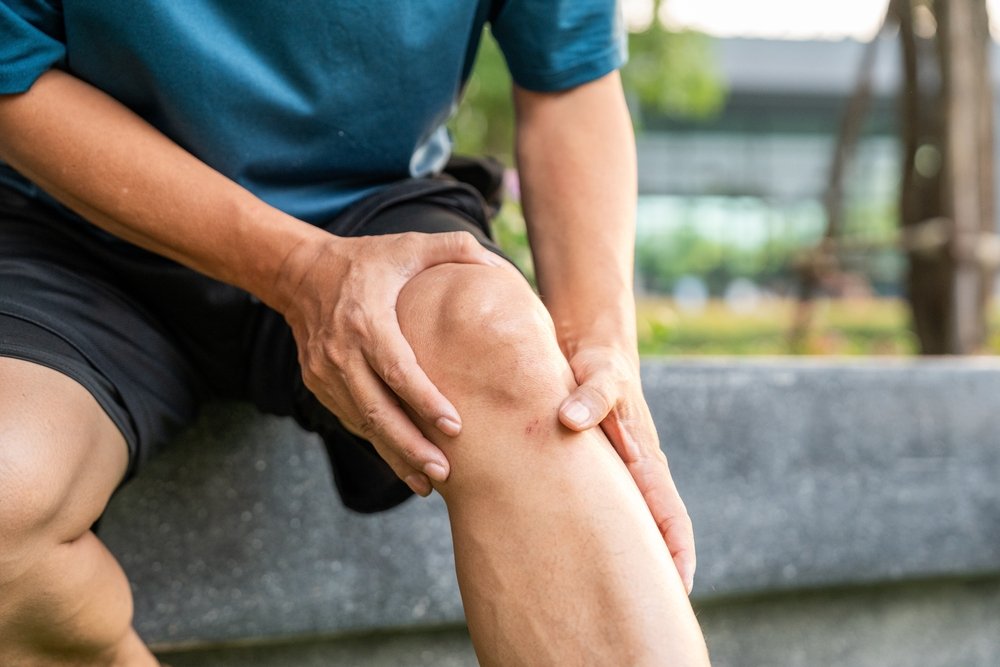Traveling can enrich our lives in countless ways, but it also comes with its share of health risks, notably Deep Vein Thrombosis (DVT). DVT is a condition where blood clots form in deep veins, usually in the legs, during periods of inactivity or confined mobility, such as on long flights. However, with the right knowledge and preparations, you can significantly reduce your risk of DVT and travel with peace of mind. Here’s how, with scientific insights and practical advice to ensure your wellness remains a top priority at cruising altitude.
Understand the Risks
The mechanism behind DVT involves blood clotting in the deep veins, a process exacerbated by extended periods of immobility, such as those experienced during long-haul flights. This immobility leads to reduced circulation, allowing blood to pool in the lower extremities, thereby increasing the likelihood of clot formation.
Watch our detailed video on understanding DVT risks during travel.
Stay Hydrated
Hydration is crucial. Dehydration can make your blood more prone to clotting. Ensure you drink plenty of water before and during your flight. Avoid alcohol and caffeine, as they can lead to dehydration, further exacerbating the risk of DVT.
Choose Your Wardrobe Wisely
Wearing loose, comfortable clothing and compression stockings is advisable. Compression socks apply gentle pressure to your legs, helping maintain blood flow and reducing the risk of clotting.
Mobilize Regularly
Make movement a priority. Stand, stretch, and walk around the cabin every hour or so to keep the blood flowing in your legs. Flexing and extending your ankles can also help. Simple exercises like calf raises or foot circles can be done even while seated.
Discover exercises you can do on your flight to prevent DVT in our comprehensive video.
Practice In-Seat Exercises
Even when you’re buckled in, you can encourage circulation with some simple exercises:
- Ankle Circles: Lift your feet off the floor and rotate your ankles in circles.
- Foot Pumps: Start with both heels on the floor and point your toes upwards as high as you can. Then, keep your toes on the floor and lift your heels.
- Knee Lifts: Lift your leg with your knee bent while contracting your thigh muscles.
Opt for an Aisle Seat
If possible, choose an aisle seat when booking your flight. It offers easier access to move around the cabin without disturbing fellow passengers, making it simpler to follow the advice on regular mobilization.
Consider Your Health History
If you have a history of DVT, recent surgery, or other risk factors, consult with a healthcare provider before your trip. They may recommend wearing compression socks as a precaution.
Conclusion
Traveling should be an enriching experience, not one marred by health concerns like DVT. By taking these proactive steps, you can enjoy your adventures far and wide, knowing you’re doing your best to stay healthy and DVT-free. Remember, the most memorable journeys are those where we not only explore the world but also take care of ourselves along the way.
For more detailed guidance and tips, watch our video on travel-related DVT, and embark on your next journey with confidence and peace of mind.


